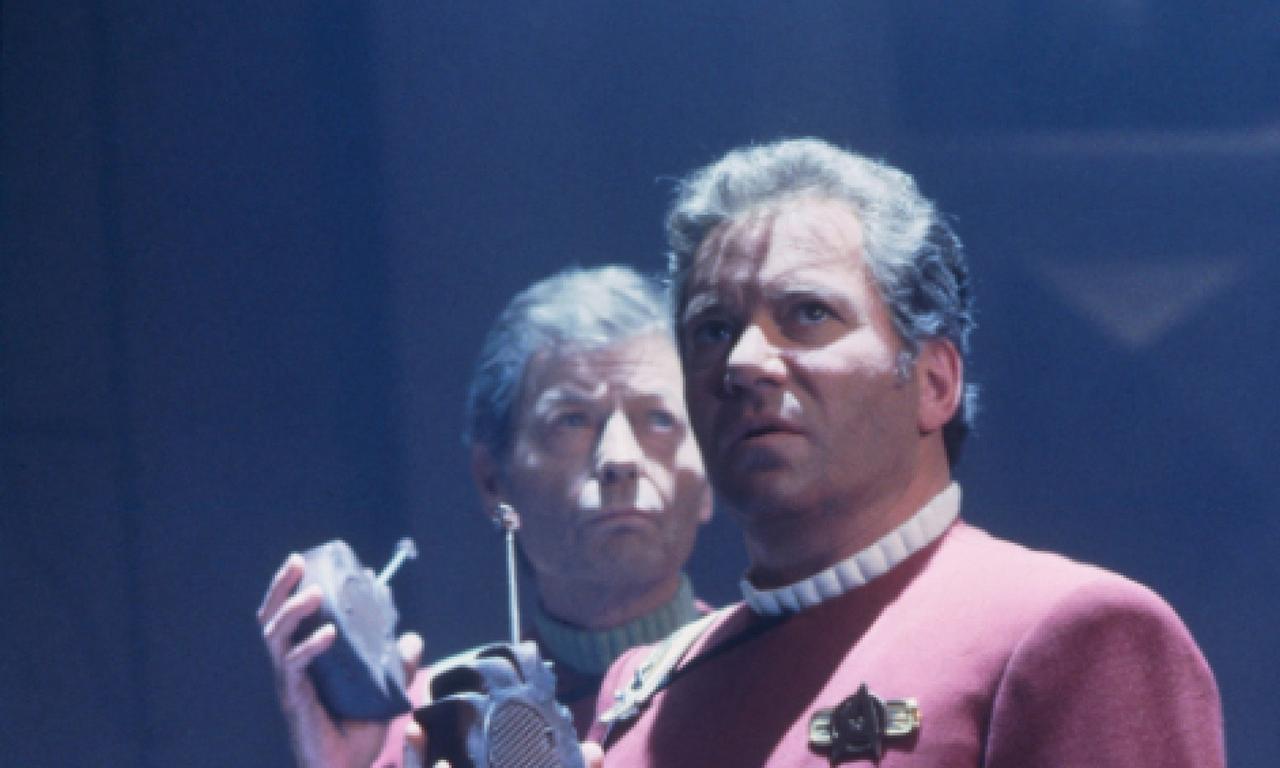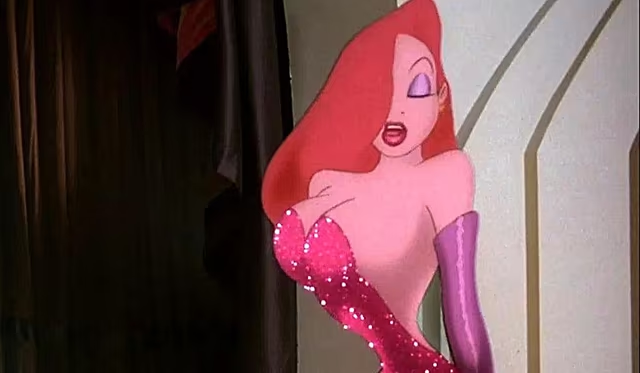If you click on a link and make a purchase we may receive a small commission. Read our editorial policy.
There's one big problem with Star Trek's Prime Directive according to Captain Kirk himself William Shatner (and I kind of agree with him)
You can take Star Trek's Prime Directive too seriously says William Shatner - and when you do so, it ruins a good Star Trek story.

Popverse's top stories
- For Popverse members only: Between the end of My Hero Academia, the return of Spy x Family, Gnosia as an anime, and a woman slapping her haters, this anime season has the perfect mix of old and new shows
- Watch now: Before Game of Thrones, George R. R. Martin remembers being fan number one at the very first New York comic con
- For Popverse members only: The full, official The Walking Dead: Daryl Dixon panel from NYCC 2025
The Prime Directive is one of the key pillars of Starfleet, the centerpiece of the decades-long Star Trek franchise. But while it's a key pillar, the franchise's face for the first 30 years of its life believes that rule is there to be broken - every once in a while.
Forget Trouble with Tribbles, think about Problems with the Prime Directive.
"As I understand it, the Prime Directive is not to interfere. If the Prime Directive is understood to be don't interfere, then if the starship didn't interfere, you wouldn't have a story," Shatner explains to Popverse's Joshua Lapin-Bertone.
As Shatner tells us, this is true not just in terms of Star Trek fiction - but also in terms of real life and the predilection to be too adherent to rules can sometimes be a bad thing. What he's talking about is black/white thinking, with no wiggle room; there are choices to be made between lawlessness and a strict adherence to all laws. Kirk would agree with that - as would Shatner's other crime-fighting role as TJ Hooker.
Where did Star Trek's Prime Directive come from?

Several of Shatner's missions as James T. Kirk ended up with him violating the Prime Directive, most notably in the episodes 'Patterns of Force', 'Miri,' and 'Return of the Archons'. And the saying about 'rules are made to be broken' is true, as narratively the Prime Directive (and decisions to break it) have become a key part in episodes of The Next Generation, Deep Space Nine, Voyager, Lower Decks, and Strange New Worlds.
Starfleet's Prime Directive popped up first in a 1967 episode of the original Star Trek TV series, and at the time was vaguely established around orders to not interfere with a living culture that has not yet reached the technological level to interact with the wider universe beyond their own galaxy (i.e. they don't have warp drive of subspace technology). This implicitly is a moral rule against prematurely introducing knowledge, technology, or different cultural norms to a less advanced community and thus changing their natural growth in some other direction.
This rough idea in the original Star Trek series later became a pillar of the Star Trek franchise, eventually leading to the reveal of the actual law (with subsections and an appendix even) in a 2021 episode of Star Trek: Prodigy. It even became part of modern society and encouraged an actual Star Trek religion in the animated series Futurama.
Now, the Omega Directive? That's a whole 'nother story.
You can read our full interview with William Shatner here.
Space may be the final frontier, but there's no end to Popverse's love of the Star Trek universe. Hop aboard the starship Enterprise with our Star Trek watch order, explore strange new worlds with our upcoming Star Trek TV shows and movies list, seek out the new life of the franchise, and boldly go where no Star Trek film has ever gone before - with Quentin Tarantino?
Follow Popverse for upcoming event coverage and news
Find out how we conduct our review by reading our review policy
Let Popverse be your tour guide through the wilderness of pop culture
Sign in and let us help you find your new favorite thing.
















Comments
Want to join the discussion? Please activate your account first.
Visit Reedpop ID if you need to resend the confirmation email.